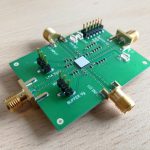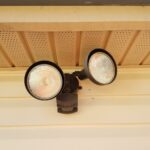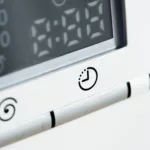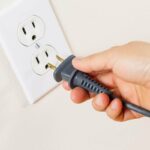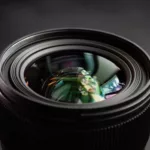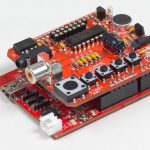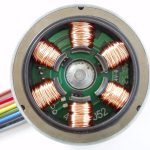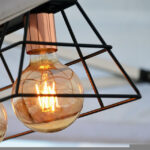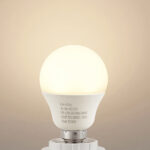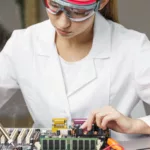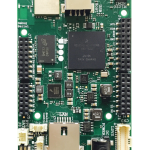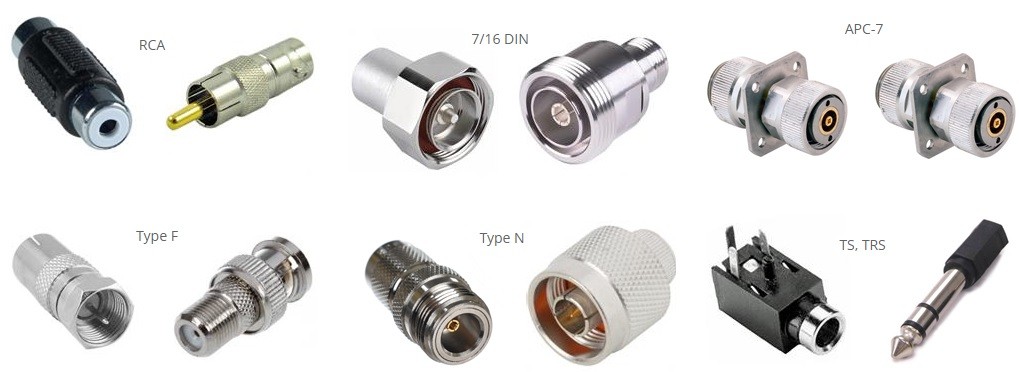
All the electronics projects and equipment have circuit boards, and they have some sort of connectors installed. Engineers use the best sort of connectors that are essentially required on the circuit board and specifically perform their functions.
Connectors are suitable for safety, easy to install, easy to plug and unplug, and these are good to install on boards and connect with other devices easily. Because of the large number of devices connected and the transmission of data among different devices, different types of connectors are designed yet. We see such connectors on all devices, circuit boards, and especially computers. In this article, I will tell you about different types of connectors.
USB Connectors:
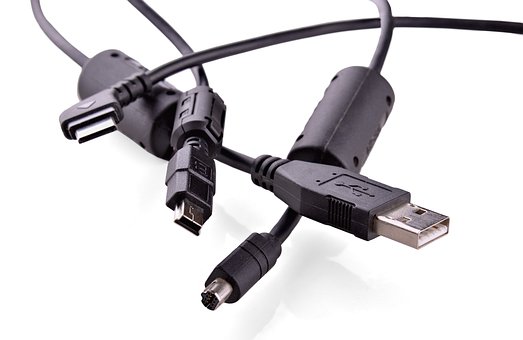
USB stands for the universal serial bus; these are the modern connectors being used in all devices. This connector uses standard protocols and even builds a bridge of power distribution. It has 3 generations, USB 1.0 to USB 3.0. It contains the VCC, GND, DOUT, and DIN ports and works with 5V. There are different types of USB connectors that are Type-A, Type-B, and Type-C. Engineers set the standards, Type-A for smartphones and computer devices, Type-B for printers, and Type-C for high-speed data transformation.
Basics of DIN Connector:
These were formed for the analog audio signals standards. This is circular in shape, and it has more than 3 pins. Engineers use them for analog audio applications and MDI devices. These pins are made up of metals, and the circular ring is conductive. Pins inside the conductive layer insert into the connecter and make an affirm connection. These are good for loudspeakers and audio devices. However, in many audio devices, the DIN connector is replaced with a USB connector.
You can say DIN connectors are audio and video connectors.
Basics of RF Connector:
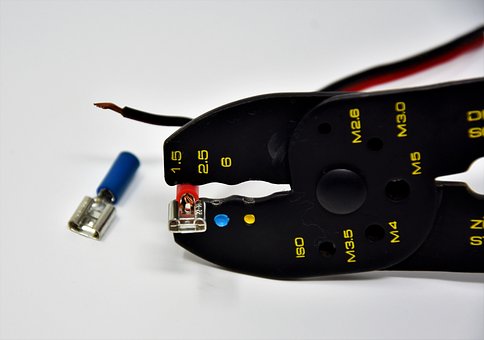
These are used for high-frequency radio applications and are the same as the coaxial connectors. Most of the time, Wi-Fi antennas, TV signals, and other similar devices use these cables to get the signals and connection among the devices. There is a shield that is wrapped inside on a single cable; there are multiple wires packed inside this shield.
Actually, coaxial connectors reduced power loss and minimized signal interference.
Basics of IDC Connectors:
IDC stands for insulation Displacement Connectors; these are applied on the boards when parallel connections are required. This is only used to transform data between two or more boards. Add to this; engineers use them to transfer the data from one end or terminal of the board to the other end on the same board. A computer motherboard is the best example of this. These are being used in LCD and networking of the boards. This is a ribbon cable with lots of pin insertion holes in it. These are good when engineers need to connect multiple wires and ports in circuits. It also saves the mounting place and is easy to install and uninstall. These IDC connectors have a locking mechanism that makes the connection rigid and doesn’t allow losing them. So, this connection is safe and secure in its position on the board.
Basics of Flat Flex Connector:
These are flexible and lightweight connectors, a new innovation in the field of electronics. All the mobile phone boards’ connections with external devices, cameras, and laptops, use this cable. The main reason behind its use in complex and small devices is its flexibility; it can be bent easily, folded, rotated, and sometimes use a magnetic effect for the connection. Sometimes there are clips on the boards that hold the connection and make them stable forever, as mobile is a complex structure and needs a secure connection. That’s why flat flex connectors are helpful there. Add to this; flat flex cables are good when we have limited space and a constrained environment.
These are made with flexible cables and contain flat conductive material. Moreover, these are good for high-density electronic devices. And they contain the extra thickness at the terminal ends, so one could insert them or plug them easily on the boards.
Basics of Molex Connectors:
When you are sharing the JST connectors, a couple of connections in one connector with greater pitch distances; if we see the computer power supply, it contains lots of power outputs, and these are called Molex connectors. These connectors provide the power supply to the board and other devices. For more clearance, see the ATX power supply, and these are being used in hard disks, DVD ROM, and motherboards. These are specifically used for power distribution and to reduce the jerks and loss fixing. Because of this, you insert them by exerting pressure on the connector and wait for its fixing on the board. This contains the connectors that ensure zero loss of power and make the connection rigid and best connect with the board.
Its pins are made up of metal springs, cylindrical in shape, and these are covered with plastic material. Plastic is a non-conductor and reduces its connection with other devices. Usually, its connections range from 2-24 pins on the board. Sometimes, there is only one row, or sometimes there are two rows. It depends upon the requirements of the connection. Such connectors include the polarity locking mechanism.
Basics of Cable Plug Connector:
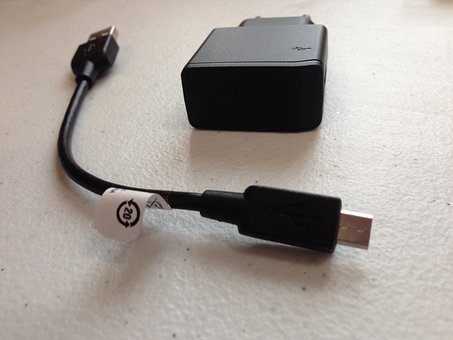
These are the power connectors, and a variety of shapes are available to them. There, one end is insulated, and the other is a metal conductor; these are used for the power transformation connections when the high voltage has to be a pass. For this, their terminal ends have a variety of shapes and sizes. This depends upon the requirement. These are being used in industrial applications, battery terminal ends, and other control panels. When we talk about its shapes, then ring, circle, oval, spade, and fork shapes are on trend. In order to make a strong connection, this connector is welded or soldered with the devices and makes an affirm connection.
Moreover, there is different thickness of the terminal ends that depends upon the flow of the current. Because of their thickness, these connectors can bear the maximum current, and these terminal ends are made up of copper, zinc, iron, and other conductor metals.
There are a large number of connectors in the electronics industry, but the above-mentioned connectors are the best used as electronics components. Before jumping into the world of electronics, you first need to understand the essential electronics components, their functions, and their principles. Hopefully, the above-mentioned connectors will help you in getting the basics of the connections. These connections connect the boards and are suitable for the transformation of the signals as well as power. So, there are different kinds of connections, some of them transmitting the signals and others transferring the power.






